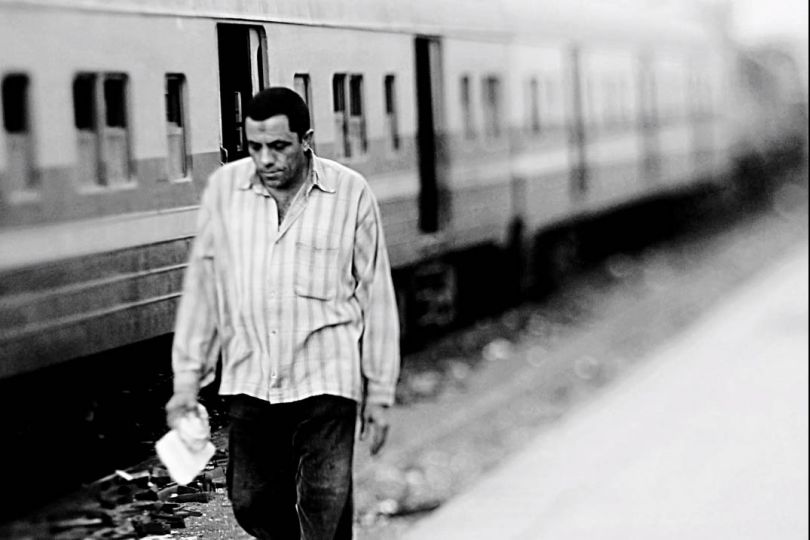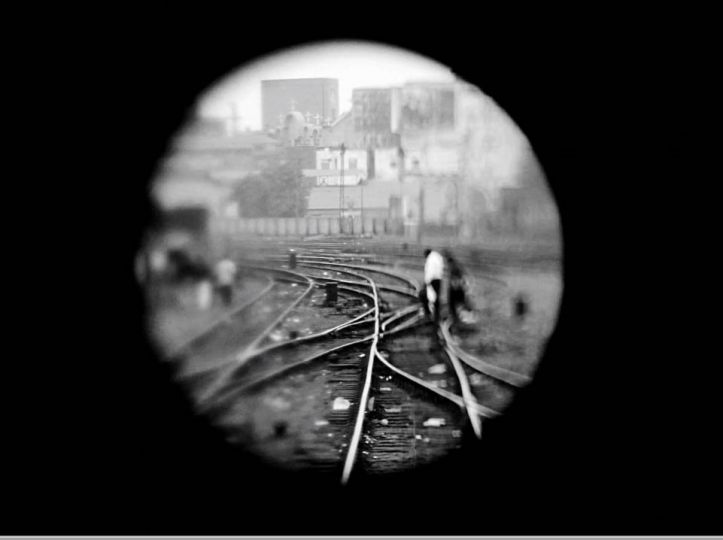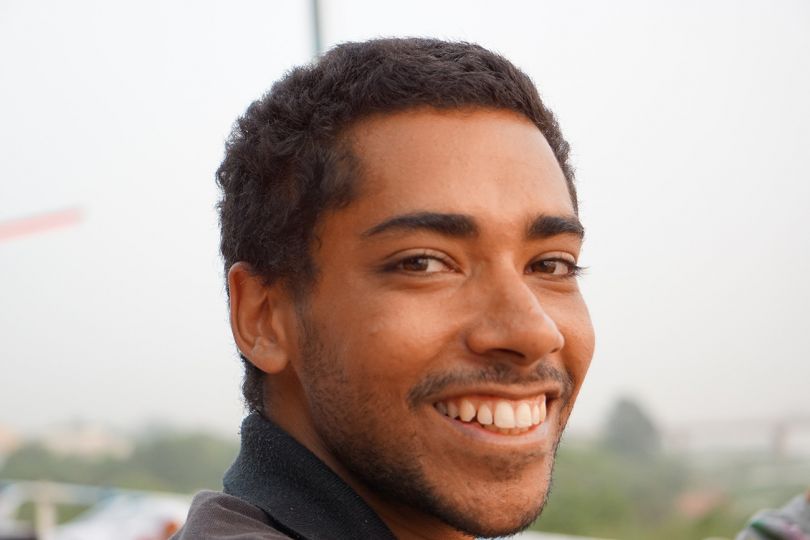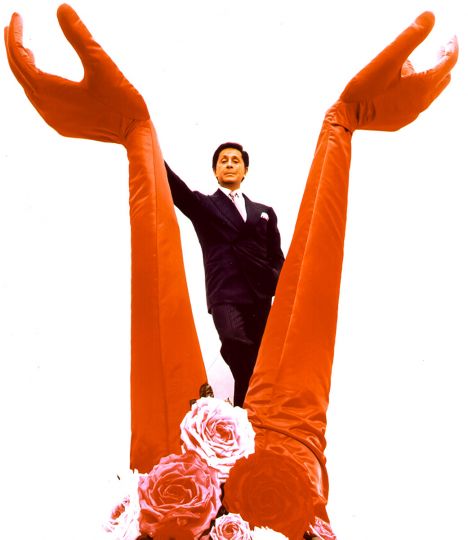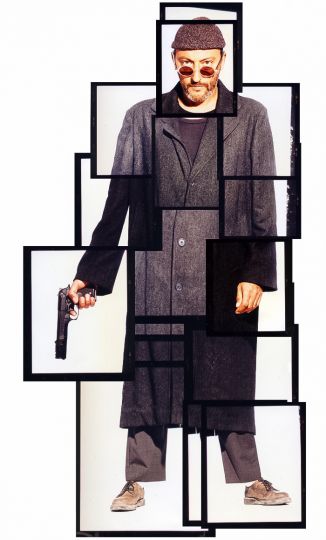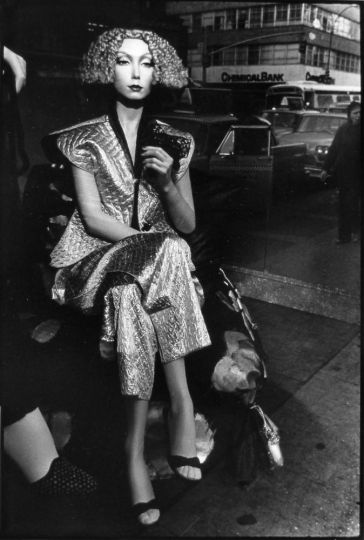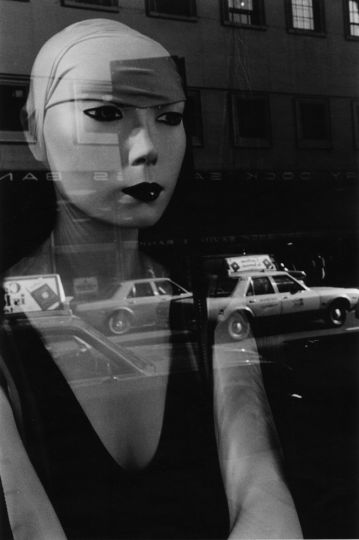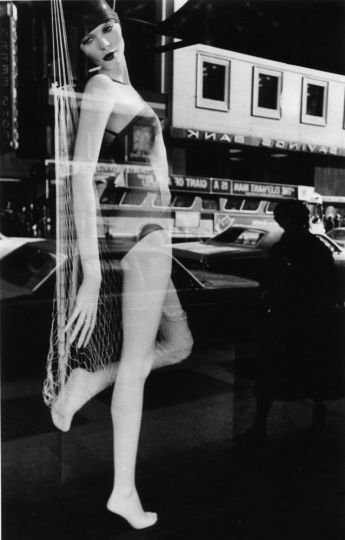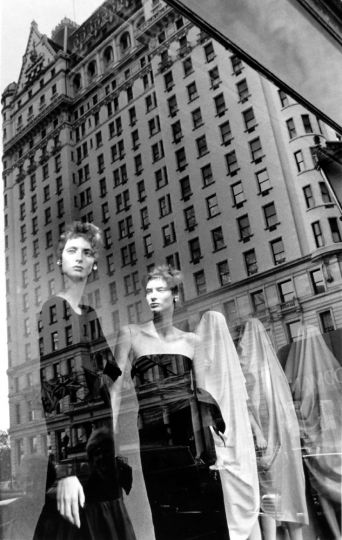I started this project in 2008 during a trip to Upper Egypt. I thought of the place as the only centralized place that brought together every type of Egyptian. People with different cultures and accents – and sometimes languages – I found them all there: the composite citizenry, as if I had traveled all over Egypt.
You can easily recognize people from other cities by their accent or their clothing, such as inhabitants of Upper Egypt who still wear the traditional galabia or soldiers going far from home for their military service. I wanted to show this tangible cosmopolitism, so I focused on the diversity of places and cultures more than on the social aspect.
I also thought about the name. The train station used to be called “Masr” station, which means “Egypt” in Arabic. People from different regions outside of Cairo used to call Cairo Egypt, so they call Cairo station Masr station. For most of them, Cairo is the most developed place in Egypt: a city where they can find good jobs, a better education and a better life. “Masr Station” came to me as an illustration of inner emigration. This is an important aspect of Egyptian social culture.
At school, people constantly asked me where I came from. I always answered Cairo, for all my relatives are from here. This was an unfamiliar reply for most of my schoolmates, who were immigrants from different regions of the country. At university, I found out that many of my friends were not living in Cairo. Many of them just came here to study and lived in student residencies or made the trip every day by train. This was a great surprise, to me train had always been synonymous with travel.
I have many memories, I remember when I traveled as a child with my grand parents to visit some of their friends. I remember, during university, when we took the train with my friends to travel to Luxor or Aswan. I remember when I grew up and took the train alone to Alexandria to get some rest away from the pressure of Cairo. I felt the urge to document people at the train station, coming every day by the thousands, leaving their families, attracted by the power of the capital city. They express intermingled feelings of tiredness,pleasure, excitement, discovery, pride, and hope.
The second surprise came after I studied the history of the railway network in Egypt. I was amazed to discover that we have the second oldest railway system in the world. Cairo’s current train station was built in 1892, then updated in 1955. Several years ago, they decided to renovate the building and destroyed most of it. They removed all the signs of its history and replaced them with an extremely modern design that I hate. I was very disappointed, and, even though they hadn’t touched the Upper Egypt platform yet, I have decided to take photographs there and keep the richness of the place alive. There was another motivation for me to take photographs: i wanted to document this architectural heritage revealing the history of Egypt.
I hope I can make a small book out of it and I am thinking of pursuing the project. I have a dream of traveling on the top of the train and photographing very poor people who cannot even afford a ticket. They climb on the roof and spend the entire trip up there. There are many stories about it. There were famous gangs of street children traveling that way, or a criminal who used to kill children and throw them from the roof.

